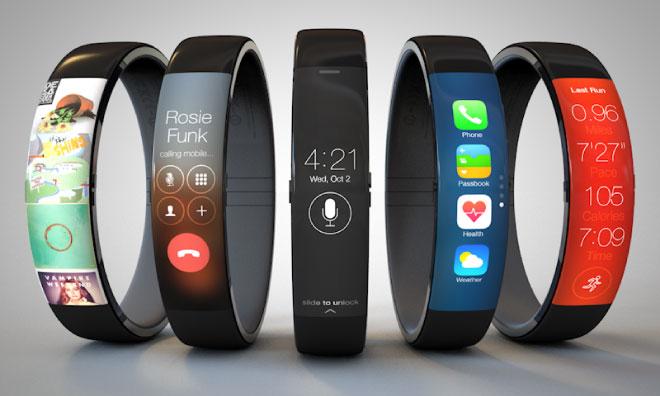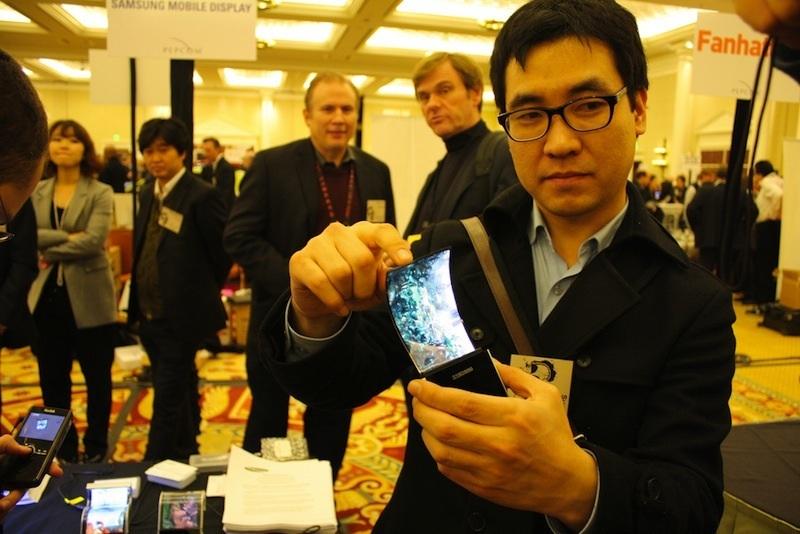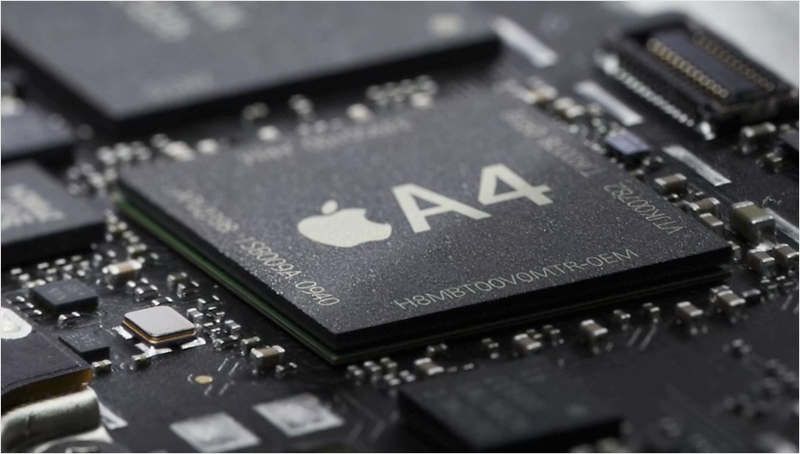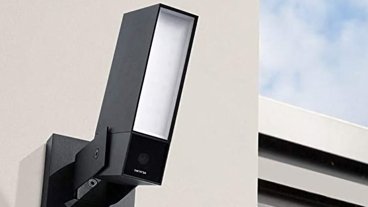Apple's anticipated entry to the wearable devices market has taken on near-mythical status, with rumors reaching every corner of the technology map. AppleInsider has rounded up some of the technologies most likely to find their way into the still-unannounced "iWatch."
Materials
Sapphire
GT Advanced Technologies' ASF sapphire furnace.Source: GT Advanced
Apple's interest: A $578 million deal with sapphire equipment maker GT Advanced Technologies to open and operate a massive commercial sapphire plant in Arizona.
Much has been made of Apple's agreement GT Advanced Technologies. Many believe the new jointly-operated facility in Arizona will produce display covers to replace the Gorilla Glass currently used in the iPhone and iPad; some think the crystals will be used in an iWatch, while still others believe that Apple simply needs more sapphire for its camera lenses and Touch ID housings.
If sapphire is to be used as a main component of an Apple device, the iWatch is its most likely target. High-end watch companies have long used sapphire to cover the faces of their timepieces because of its scratch resistance, but — as anyone who has dropped a sapphire-covered watch can attest — the material is prone to shattering, making it far better suited for a device that's constantly strapped to a person rather than hanging loosely in their hands.
Liquidmetal
Apple's interest: A $20 million contract for exclusive rights to use Liquidmetal in consumer electronics and a number of manufacturing patents related to the material. That agreement was re-upped through February 2015 earlier this week.
Liquidmetal is an amorphous alloy — essentially, metallic glass — that is much lighter, harder, and more flexible than metals traditionally used in electronics manufacturing. Parts made of Liquidmetal could "snap back" from deformations that might cause permanent bends or dents in other metals, such as Apple's omnipresent aluminum, and it's extremely scratch-resistant.
Liquidmetal is difficult to work with, however. Apple famously tested its viability by using it to make the SIM ejector tool included with the iPhone 3GS, but Liquidmetal's inventor predicted in 2012 that at least two to four years of further refinement in manufacturing processes was necessary before it could be commercially viable on a large scale.
Complicating Liquidmetal's possible appearance in Apple's iWatch is a deal with Switzerland's Swatch group that granted the horologists exclusive use of Liquidmetal in watches.
Displays
OLED
Apple's interest: Apple has a number of OLED-related patents to its name, including dynamic brightness adjustment and improved power efficiency. The company also hired away a senior OLED researcher from LG Display.
OLED — or organic light-emitting diode — displays are a new type of display in which each pixel is made of an organic compound that emits light when electrical current is passed through it. Because of this design, OLED panels don't require a backlight, making them thinner and lighter than traditional LCD-based panels and adding the potential to be folded or curved.
While many Apple watchers previously expected the iWatch to ship with a more traditional LCD panel, the tide of opinion has shifted in recent months in favor of OLED. The inclusion of a flexible OLED would allow for a more form-fitting design in which the screen could curve with the contours of the wearer's wrist, rather than sitting flat on the top.
From the outside, Apple has long seemed apathetic toward OLEDs. Former CEO Steve Jobs is thought to have disliked the technology, and current chief Tim Cook panned OLED earlier this year, saying that the displays showed "awful" color saturation.
"If you ever buy anything online and really want to know what he color is, as many people do, you should really think twice before you depend on the color from an OLED display," he said.
Micro-LED
A similar micro LED array displayed by Taiwanese researchers
Apple's interest: Acquired micro-LED display maker LuxVue Technologies earlier this month for an unknown price.
Micro LEDs are essentially exactly what they sound like: very small LEDs. The technology that enables their miniaturization also plays a part in lowering power consumption and increasing brightness, with the combination placing micro LED arrays in direct competition with OLEDs.
This is a relatively new technology, however; Apple's acquisition of secretive LuxVue is likely to have given micro LEDs more exposure the day it was uncovered than the technology has received since its invention. Despite a number of high-profile backers — and their rumored inclusion in Google's next-generation Glass headset — micro LEDs have yet to find their way into shipping consumer device.
Still, there is reason to believe that Apple may have chosen the micro LED route. At least one of LuxVue's patents covers the manufacturing of a curved micro LED array, which could replace the flexible AMOLED display Apple is thought to have targeted.
Semiconductors
Apple has made a massive investment in semiconductor technology in recent years, and the iWatch is likely to put those advancements front-and-center. While the iPhone is a technologically impressive piece of kit, the iWatch would have to be a miniaturization tour de force in order to live up to the rumors surrounding its capabilities.
Apple began its semiconductor roadshow in 2008 with the purchase of P.A. Semi, a power-efficient fabless semiconductor design firm working on PowerPC-based chips. Later, in 2010, they purchased Intrinsity, an ARM-focused studio that is thought to have contributed to the development of the A-series processors.
Apple has spent nearly $1 billion on semiconductor technology firms — that we know of.
Last August, Apple acquired Passif Semiconductor, a company that develops ultra-low-power communications chips. The company has also been seen snapping up senior RF engineers from Broadcom, sparking rumors of a new in-house baseband team.
Finally, last November, Apple picked up Israeli firm PrimeSense for a rumored $360 million, pushing their total investment in semiconductor technology up toward $1 billion. Taken together, the sheer volum of chip design talent and intellectual property now in-house in Cupertino is staggering — any iWatch introduction is likely to bring along with it a similarly-impressive display of silicon engineering.
That probably won't include noninvasive blood glucose monitoring or three-dimensional mapping, though. Apple is more likely to put its considerable resources to bear on more mundane, but still difficult tasks — like integrating an application processor, baseband, and wireless communications controller in a single, smaller, less power-hungry chip.
 AppleInsider Staff
AppleInsider Staff










-m.jpg)






 Charles Martin
Charles Martin
 Malcolm Owen
Malcolm Owen
 William Gallagher
William Gallagher

 Christine McKee
Christine McKee
 Wesley Hilliard
Wesley Hilliard

 Andrew Orr
Andrew Orr








37 Comments
[quote name="AppleInsider" url="/t/180036/inside-the-iwatch-the-technology-apple-is-looking-at-for-your-wrist#post_2539370"]
GT Advanced Technologies' ASF sapphire furnace.
Source: GT Advanced
[/quote] [COLOR=blue][SIZE=4]Oh Look!! It has a Mac 128K built in...!!![/SIZE][/COLOR]
I see no mention of the med-tech that Apple has been sourcing.
FOOLS!
These crystals are the key component in a new technology designed to communicate with alien civilisations who are already taking over the planet. Look at the new 'flying saucer' Apple campus. We are all doomed.
Finally an article about rumoured iWatch that doesn't include we heard from a guy whose brother works somewhere near China who confirmed Apple has chosen this over that for the upcoming iWatch! Nicely done, a brilliant article.
"as anyone who has dropped a sapphire-covered watch can attest -- the material is prone to shattering"
This statement surprises me. Surely there are instances of people breaking their watch crystal sometime. But EVERYBODY drops their watch. It just happens. And I can't think of any instance I've experienced, or that I know of, where someone has dropped their watch, and kind-of automatically said "Darn, there goes my watch crystal. They are extremely durable. "Prone to shattering"? Nah. That's way overstating.
As has been noted, as hard as sapphire is, it still can be scratched. And I would wager that this, still by far, makes up for the majority of sapphire watch crystal replacements over actual breakage. (?)